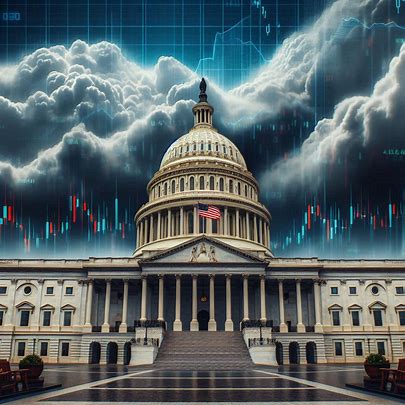
Ballooning Deficit Sparks Alarm
Moody’s downgrade of the U.S. credit rating has rattled Wall Street as the national deficit swells. Trump’s tax bill, recently passed by the House, is fueling fears of fiscal strain. Economists warn that higher deficits could push up long-term Treasury yields, raising borrowing costs for consumers and businesses alike.
Fed Faces Tough Choices
The Federal Reserve is under pressure as inflation and tariffs complicate monetary policy. Fed minutes from May show a cautious stance, with concerns about inflation reaccelerating. Trump’s meeting with Fed Chair Jerome Powell underscored tensions, but Powell stressed data-driven decisions. Markets don’t expect rate cuts until September, signaling prolonged uncertainty.
- Deficit concerns: Tax bill adds to fiscal worries.
- Fed’s dilemma: Balancing inflation and growth.
- Market caution: Investors brace for higher yields.
Consumer Confidence Rebounds
Despite fiscal fears, consumer confidence climbed in May to 98, up from 85.7 in April, per the Conference Board. Trump’s pause on some tariffs helped ease economic jitters. However, nearly three-quarters of consumers cite tariffs as a top concern, reflecting unease about future costs. Spending trends will shape the economic outlook.
Navigating the Storm
Political and economic uncertainty is the new normal. Investors are advised to focus on resilient sectors like tech and healthcare. For policymakers, balancing growth and fiscal discipline is critical. The coming months will test the economy’s strength as budget battles and trade policies unfold.
